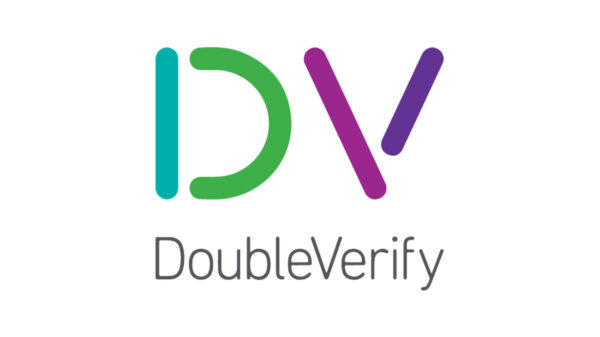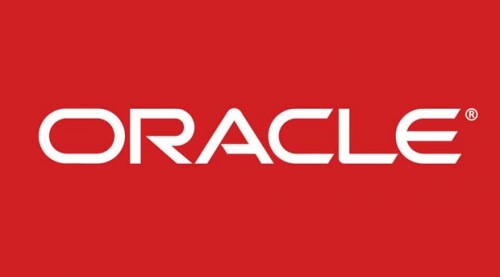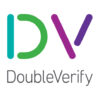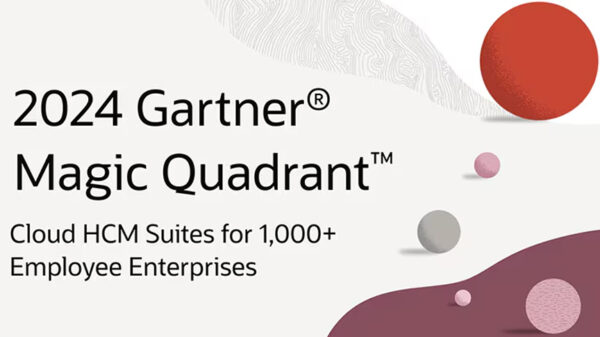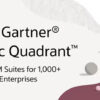The cloud can uncover new market segments, emphasizes Shridar Jayakumar, Program Director – EPM, BI & Exalytics, Oracle Applications, APAC, who recently discussed advanced analytics for new age consumers and how organizations can benefit from it.
During a small group discussion with local reporters, Jayakumar specifically shared his insights on predictive analytics and talked about Oracle’s business analytics strategy, particularly on how it can help in the profitability of banks and other industries like telecommunications and utilities.
These three industries, he Jayakumar adds, have multi-channel touchpoints with customers and a lot of tie-ups with external elements to offer high value.
He also presented an overview on how data analytics and customer insights now represent the key to growth and profitability.
Predictive analytics is a technology that captures data mining processes in simple routines. Sometimes called “one-click data mining,” predictive analytics simplifies and automates the data mining process. It develops profiles, discovers the factors that lead to certain outcomes, predicts the most likely outcomes, and identifies a degree of confidence in the predictions.
“Analytics has become the number one priority of CIOs and CFOs,” Jayakumar said. Companies can leverage on business rules and predictive analytics to take the best action based on real-time context and maximize the value of every customer interaction, he said referring to the Oracle Planning & Budgeting Cloud Service, available since February 14.
The product is a software-as-a-service (SaaS) offering based on the Hyperion Planning product, he said. In addition are the BI (Business Intelligence) Adapters for Cloud and the Oracle Transaction BI Enterprise products.
“Just decide on what do you want,” he said as he explained “cloud opens new doors for self-service analytics.”
An effective business intelligence strategy drives profitable growth and operational efficiency, he said.
Jayakumar said the right solution delivers broad capabilities including: ad hoc query and analysis, reporting, dashboards and scorecards, OLAP, predictive analytics, mobile and cloud deployment, and plugs seamlessly into existing infrastructure.
The solution should also be able to scale from simple departmental needs to enterprise- wide implementation.





